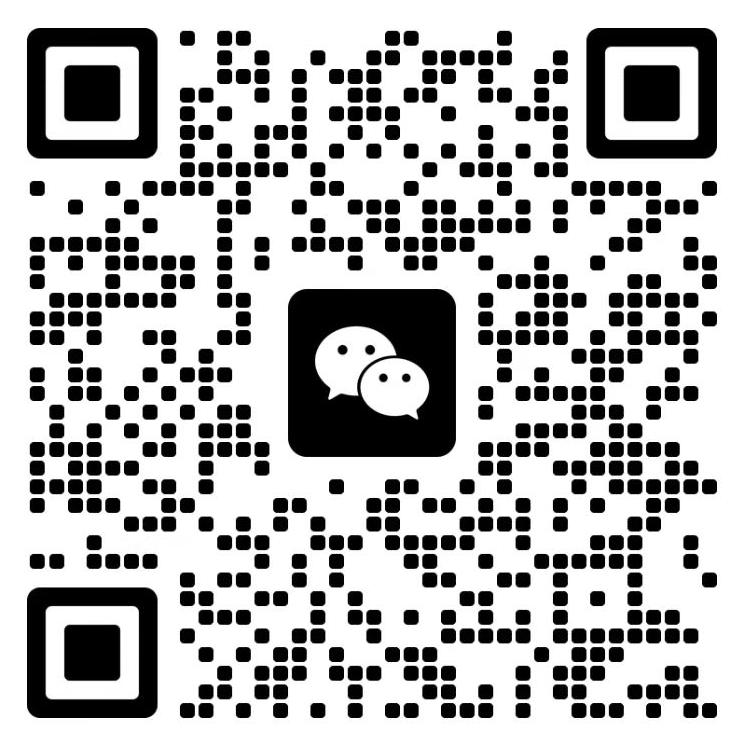Email : Felix.zou@sinvcle.com
In the first half of 2025, Iraq’s used car market experienced explosive growth — and Chinese vehicles are stealing the spotlight.
According to public data, Iraq imported over 180,000 used vehicles from China in just six months, nearly an 80% surge compared with around 100,000 units during the same period in 2024.
This rapid rise has not only reshaped Iraq’s automotive market but also shaken the long-standing dominance of Japanese brands. Reports even suggest that Toyota has formally appealed to the Iraqi government to restrict the import of Chinese used cars over five years old — a move highlighting how fast the market landscape is changing.
Policy Boost: Zero Tariffs Create a Game-Changer
The surge of Chinese used cars in Iraq is no coincidence. It’s the result of multiple driving forces — policy incentives, product adaptability, and price competitiveness.
Under the China–Iraq Free Trade Agreement, Chinese vehicles now enjoy zero import tariffs, significantly lowering export costs. In contrast, Japanese used cars face 15%–20% import duties plus higher transportation expenses.
This difference gives Chinese used cars a clear pricing edge — on average, 15%–25% cheaper than comparable Japanese models — directly appealing to Iraq’s cost-sensitive buyers who seek value-for-money vehicles.
However, importers must still pay 12% VAT and obtain a Ministry of Commerce import license, which requires certification by the Iraqi Embassy in China.
China’s automakers have carefully adapted to the harsh Middle Eastern environment — and that has made a difference.
Iraq’s climate features scorching heat (often exceeding 45°C) and frequent sandstorms, putting vehicles’ cooling systems and durability to the test.
Popular models such as the Haval H6, BYD F3, and Geely Emgrand have been engineered with:
High-performance A/C systems for quick cooling,
Dust-resistant materials and components, and
Heat-tolerant wiring and chassis designs for extended lifespan.
Additionally, white vehicles — favored by Iraqi consumers for staying cooler and appearing cleaner — make up over 60% of Chinese used car exports to Iraq.
Market Demand: A Nation of Drivers
Iraq’s car ownership has surpassed 8 million vehicles, with over 2.5 million concentrated in Baghdad alone — even though the city’s road network was designed for just 300,000 cars.
Public transport remains limited due to post-war reconstruction challenges, pushing residents to rely heavily on private cars. With a GDP per capita of around USD 5,600, affordability is a key factor — and used cars, especially Chinese ones, provide the ideal balance between price and reliability.
Meanwhile, Iraq’s auto parts market exceeds USD 3 billion annually, further fueling opportunities for supporting industries such as parts exports and after-sales services.
What's Next: New Rules on the Horizon
Despite the booming trend, policy adjustments are already under discussion. Iraq’s Ministry of Trade has drafted a new automotive import policy aiming to:
Control total import volume,
Improve vehicle quality,
Align imports with road capacity, and
Strengthen environmental and safety standards.
Starting in 2026, the government may restrict vehicles older than 8 years, with possible exemptions for new energy vehicles (NEVs) — potentially reshaping the competitive landscape once again.
Outlook: From "Niche" to "Mainstream"
In just two years, Chinese used cars have transformed from a niche option to a mainstream choice in Iraq — redefining competition across the region.
For Chinese exporters, this momentum presents both opportunity and responsibility. To sustain long-term growth, exporters must:
Leverage current zero-tariff advantages,
Maintain high standards of vehicle quality and compliance, and
Proactively prepare for upcoming policy shifts.
The Iraqi market is full of potential — but success will favor those who combine agility, foresight, and reliability.
In Summary
The Iraq used car boom is more than just a sales surge — it’s a sign of China’s growing influence in the global automotive trade.
From competitive pricing to climate-ready engineering, Chinese vehicles are proving that they’re not just affordable — they’re built to perform.
GET A QUOTE
Scan to Wechat :

Scan to WhatsApp :
